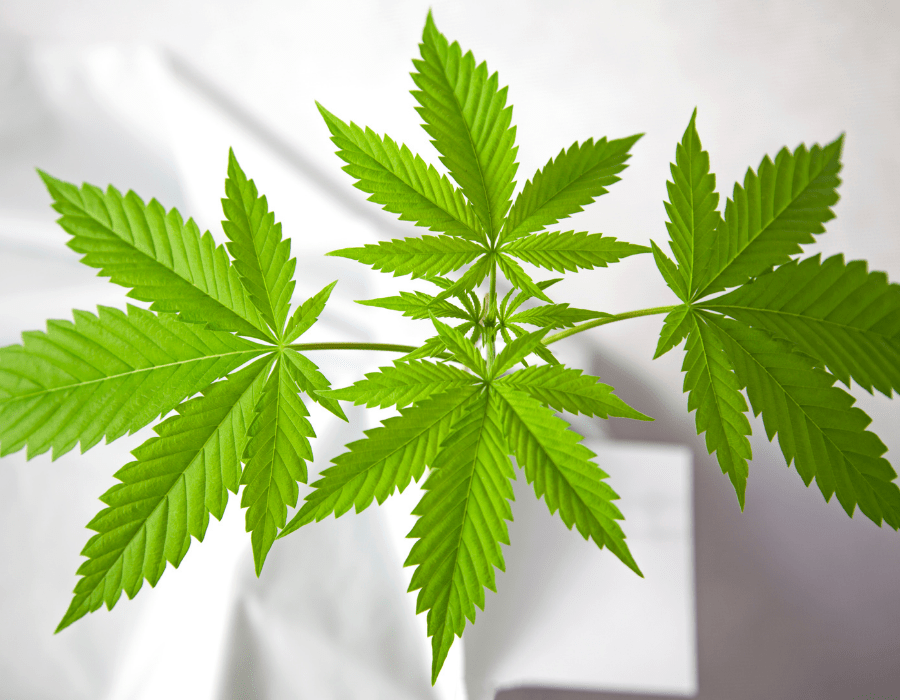The FIM technique is a popular method of pruning used to help generate the growth of new colas on your cannabis plants. Technically known as floribunding, the acronym FIM is a long-running inside joke amongst growers, standing for “Fuck I missed!” was coined by an anonymous grower in the early 2000s who unintentionally created this modified topping technique by failing to remove the entirety of the main stem’s new growth.
What remained was just the lower portion of the new growth, and the grower noted that the mistake generated four new, bushy colas from the main stem. Much to his delight, his plants thrived, and his yield increased. This success story has become commonplace amongst cannabis growers, and fimming has become standard practice.
What is the Fim Technique?
Considered one of many forms of super cropping, fimming is a high-stress training (HST) technique used to develop new, more abundant growth on cannabis plants. Often compared with topping, another HST technique involving a clean cut of all new growth, fimming involves the partial removal of new growth from the top of the main stem of your plant.
When fimming, the grower typically pinches or snips roughly 80% of the apical tip (the tip of new growth sprouting from the main stalk), leaving a small amount of the top growth at the base of the tip. In turn, the tip develops four new shoots (as opposed to the two produced by topping, or the one that will result from lack of pruning), resulting in a greater number of tops, each capable of producing its own dense, potent cola.
Marijuana plants tend to grow like Christmas trees, a pattern known as apical dominance. Fimming essentially turns this pattern on its head, transforming otherwise tall, lanky cannabis plants into short, squat monsters, perfect for producing thick, resinous buds. Rather than focusing its energy on growing one main cola, the plant will focus all of that same energy on developing thick stalks and side branches. Fimming lends itself well to the sea of green (SOG) method, wherein growers use training techniques to achieve a uniform canopy of top colas.
Fimming is especially perfect for home growers forced to grow in a small area such as a grow tent, though it doesn’t work as well with clones or autoflowering strains as with plants grown from cannabis seeds. Whether growing indoors or out, in soil or hydroponically, fimming is sure to produce some desirable results.
